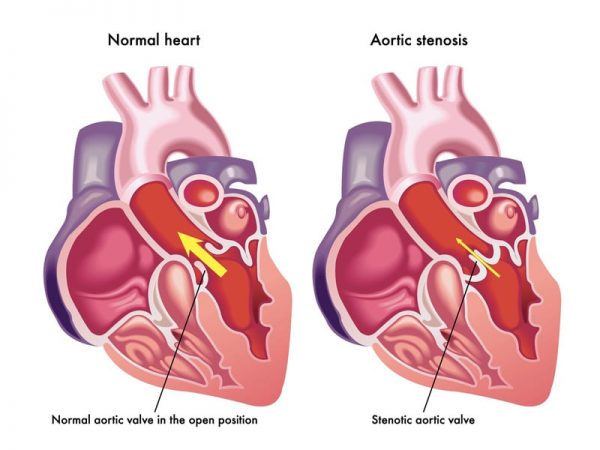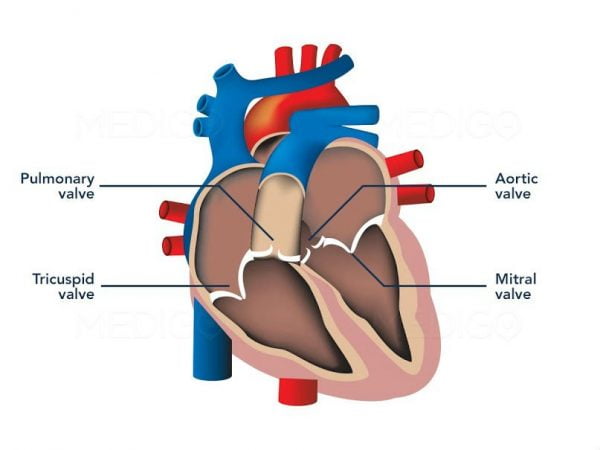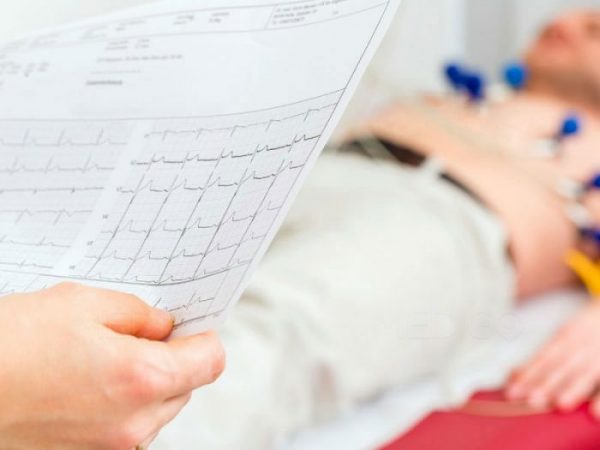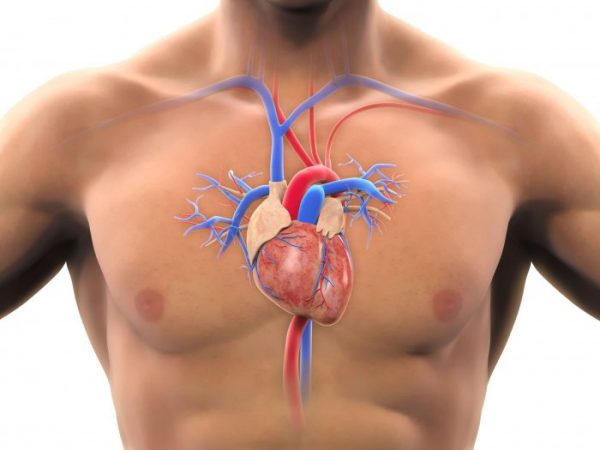ABOUT ECHOCARDIOGRAM
An echocardiogram, commonly referred to as an echo, is a test that uses sound waves to assess the heart by creating 2-dimensional and 3-dimensional images of the heart.
It is a diagnostic test that is used to detect any problems with the heart valves and chambers.
The test may be performed in conjunction with an electrocardiogram (ECG or EKG) as part of a stress test.
There are different types of echocardiograms which includes transthoracic echocardiogram (TTE), a stress echocardiogram, a transesophageal echocardiogram (TEE), and a doppler echocardiogram.
TTE is the standard echocardiogram which is used, it is a non-invasive procedure that involves placing the device that releases the sound waves onto the chest wall. The images are then displayed on a screen and are assessed by the cardiologist.
TEE is a more invasive type of echocardiogram and involves placing a probe down the esophagus which creates more detailed images of the heart.
A stress echocardiogram is used often used to detect coronary artery disease and is performed before and after the heart rate has increased. The standard method of applying the ultrasound device to the chest wall is usually used. The patient may be asked to perform some exercise before the test in order to increase the heart rate, or they may be administered with medicine that increase the heart rate.
A doppler echocardiogram is performed to examine the blood flow in the heart, by measuring the speed and direction of the blood flow. This test is usually performed as a part of the TTE and TEE test.
Recommended for
- Detecting congenital heart defects in a fetus
- Assessing the heart’s ability to circulate blood throughout the body
- Detecting problems with heart valves or chambers
TIME REQUIREMENTS
- Average length of stay abroad: 1 – 2 days.
Patients can usually leave after the procedure, however depending on the findings, they may need to stay longer if treatment is necessary.
- Number of trips abroad needed: 1.

COMPARE ECHOCARDIOGRAM PRICES AROUND THE WORLD
HOW TO FIND QUALITY TREATMENT ABROAD
BEFORE ECHOCARDIOGRAM ABROAD
If the patient is having a TEE, then they are usually sedated and a spray or gel is applied to the throat to numb it, in order to prevent pain and make the patient more comfortable.
For patients who are having a stress echocardiogram, they may be asked to perform some exercise, usually on a treadmill before the test begins, in order to increase the heart rate.
HOW IS IT PERFORMED
An echocardiogram involves applying an ultrasound device to the chest wall which delivers sound waves to the heart. The sound waves are then detected by a computer which creates images of the heart.
Electrodes are applied to the chest to help channel the sound waves. The patient may be asked to change how they breathe or to turn onto their left side during the test.
When having a TEE, the patient will be administered with local anesthetic and given sedation. A probe is then passed down the esophagus and the sound waves are delivered. As the probe is closer to the heart, these images are more detailed.
Sometimes a contrast material may be administered via an IV (intravenous) injection, in order to create more detailed images.
The results are then interpreted by the cardiologist who will discuss the findings with patient.
Procedure duration
The Echocardiogram takes 40 to 60 minutes.

WHAT TO EXPECT AFTER ECHOCARDIOGRAM
Post procedure care
For patients who are having a transesophageal echocardiogram (TEE), they may feel some discomfort in the throat afterwards.
IMPORTANT THINGS TO KNOW ABOUT ECHOCARDIOGRAM
Potential risks
-
Sore throat
- Allergic reaction to contrast substance
FREQUENTLY ASKED QUESTIONS
An echocardiogram uses sound waves to produce images of your heart, similar to the way sonar works underwater. There are several types of echocardiograms. A transthoracic echocardiogram involves pressing a device against your chest, which uses sonar technology to produce an image. A stress echocardiogram will involve taking images while you are exercising. The sonographer will attach sticky electrodes to your chest to help monitor and conduct the electrical currents of your heart.
Some echocardiograms are mildly invasive, such as a transesophogeal echocardiogram, which involves passing a device down your throat. If you are having a transesophogeal cardiogram your throat will be numbed and you will be given a mild sedative to help minimize discomfort during the procedure.
How long the procedure takes depends on what the test is being used for, the skill and experience of the technician, and the type of echocardiogram being performed.
Echocardiograms may be performed by a specialist in diagnostic imaging known as a sonographer or any doctor with training in sonography.
An echocardiogram allows the doctor to see images of your heart as it pumps blood. This allows doctors to check the walls, valves, chambers, and other structures of the heart as it works. Doppler technology can also show how the blood flows through the arteries, how fast it moves, and in what direction. An echocardiogram may be used in some cases to detect blocked arteries.
The accuracy of an echocardiogram is determined by the doctor interpreting the images. In many cases, if an abnormality is detected another test will be used to confirm the results.
The imaging technology used during an echocardiogram does not use ionizing radiation and echocardiograms are therefore safe during pregnancy. It is very similar to the ultrasound technology commonly used to take images of an unborn fetus and is frequently used to produce images of their heart.














